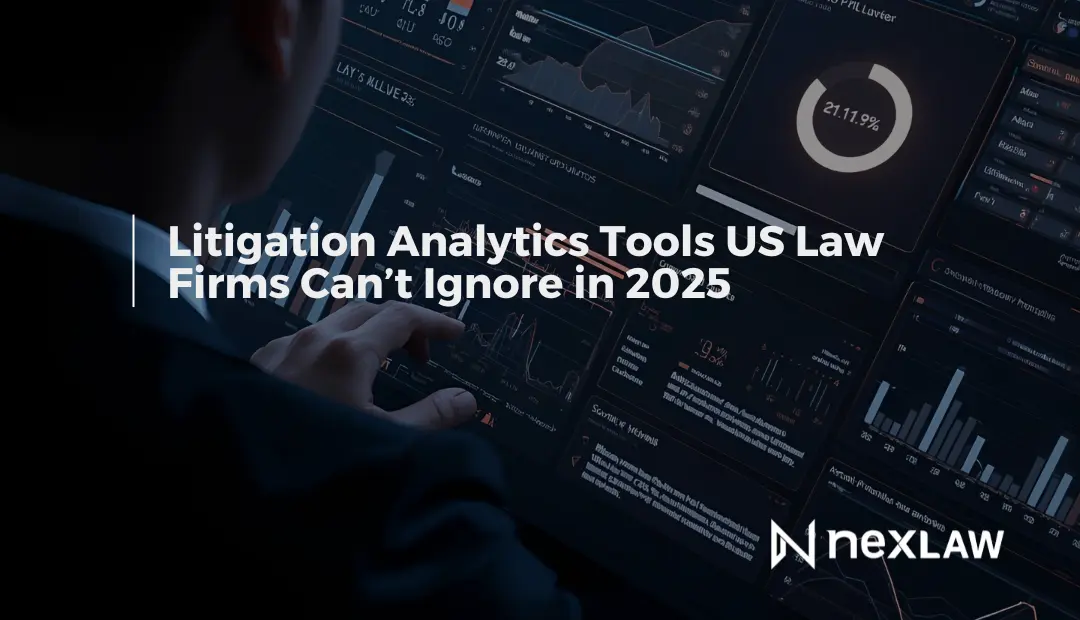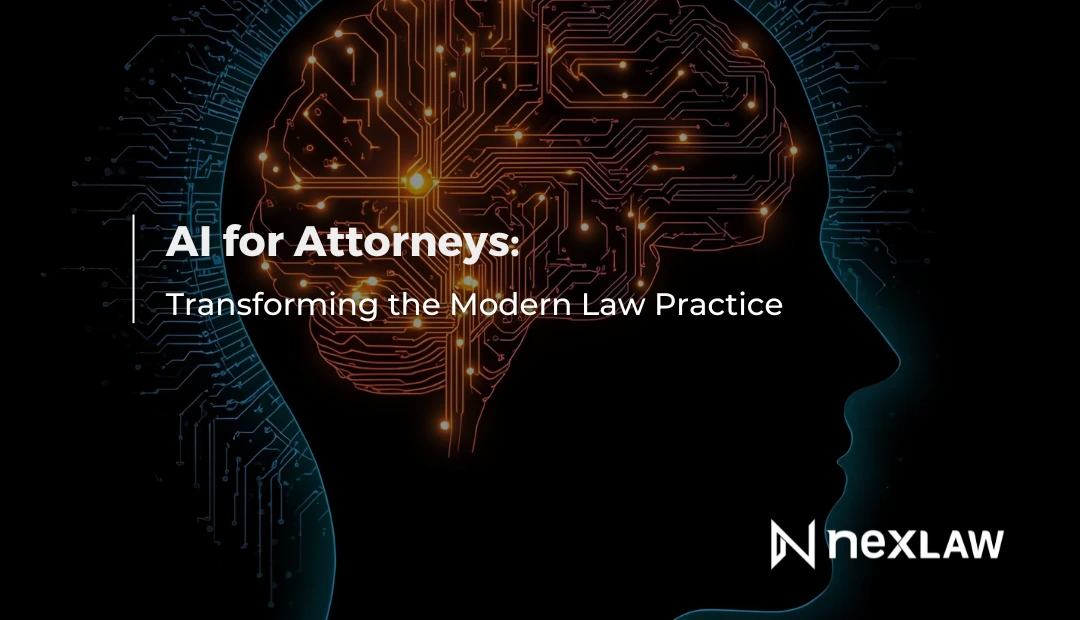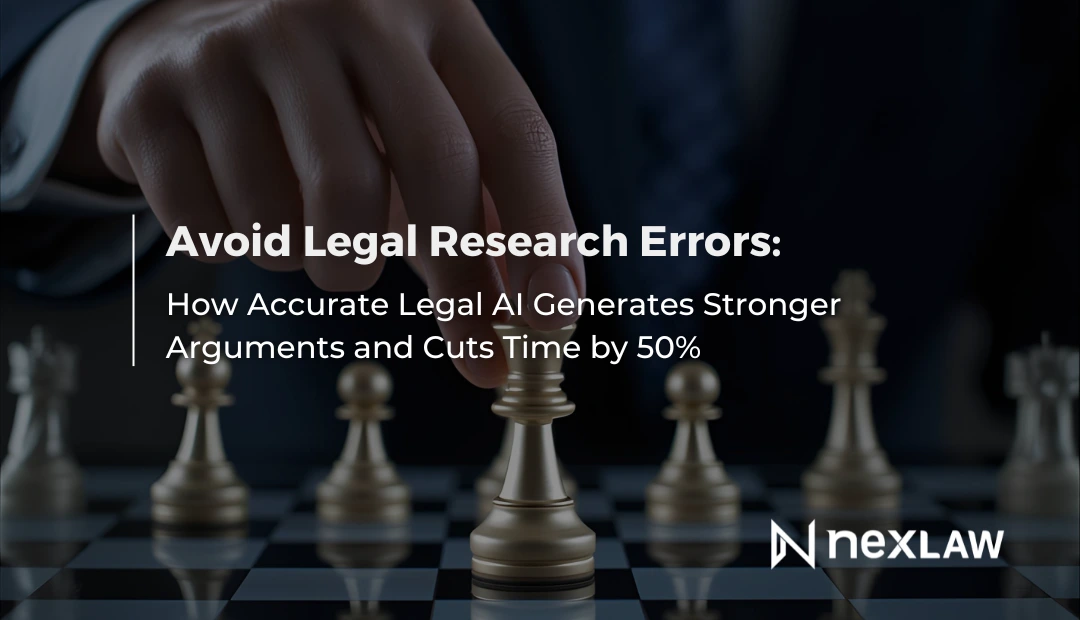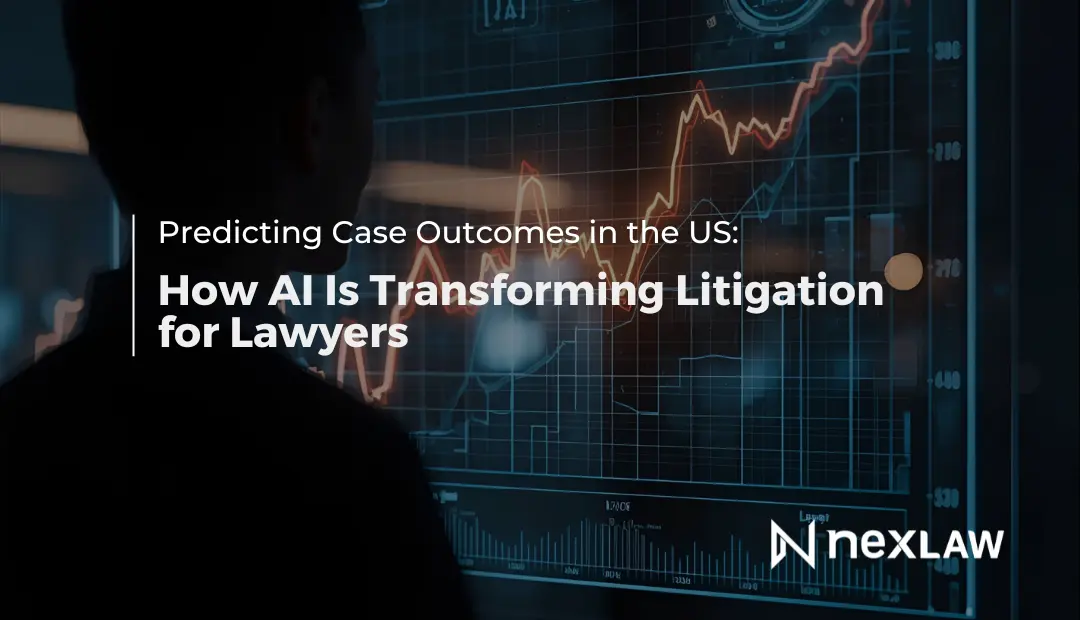Litigation Analytics Tools US Law Firms Can’t Ignore in 2025
Why Litigation Analytics Is Non-Negotiable Now
Litigation has never been just about arguing a case. It’s about knowing what arguments work, which judges lean which way, and what precedents are most likely to stick. In 2025, the legal landscape is too competitive to rely on instinct alone.
Unlock Legal Insights Instantly!
That’s why litigation analytics has moved from an emerging trend to a baseline expectation. U.S. law firms from boutique practices to enterprise firms are now leveraging AI-powered tools to decode patterns in court rulings, judge behavior, and case law to build better strategies and deliver stronger results.
What Litigation Analytics Really Means
Litigation analytics goes far beyond searching databases. The latest tools use machine learning to extract insights from:
- Historical trial outcomes
- Judge-specific tendencies
- Motion success rates
- Argument structures across jurisdictions
- Behavior of opposing counsel
With these tools, lawyers can assess win probabilities, uncover high-impact precedents, and anticipate roadblocks before they hit the courtroom.
The Tools Gaining Ground in 2025
While many platforms still focus on digitizing legal databases, the litigation analytics tools gaining traction in 2025 go far beyond search. They provide strategic intelligence, not just information, and are being adopted by US law firms looking to reduce risk, increase win rates, and optimize trial preparation.
Here are the five core capabilities modern litigators are prioritizing:
1. Judge and Court Behavior Prediction
Top-performing tools analyze years of judicial history to identify behavioral patterns. These include a judge’s likelihood to grant or deny specific motions, tendencies to rule in favor of plaintiffs or defendants, average trial lengths, and appeal outcomes. This data allows lawyers to tailor arguments, file the right motions, or even suggest jurisdictional transfers based on comparative advantage.
2. Timeline and Event Visualization
Instead of manually creating timelines, lawyers now use tools that automatically generate event chronologies from uploaded case documents. These visualizations help clarify fact patterns, uncover causality, and organize evidence in a way that resonates with judges and juries. In complex cases like multi-party litigation or class actions, this feature significantly reduces preparation time and prevents missed connections.
3. Argument Success Rate Analysis with NLP
Using natural language processing, modern litigation platforms can scan thousands of case documents to identify which arguments succeed most often for specific case types, jurisdictions, or opposing counsel. For example, a tool might show that implied contract breach claims have a higher success rate than negligent misrepresentation in California business disputes, helping attorneys optimize their pleading strategies from day one.
4. Early Case Assessment and Settlement Forecasting
AI now plays a critical role in evaluating the likely value, risk, and timeline of a case before it even reaches the discovery stage. Advanced systems compare incoming facts against historical case outcomes to produce settlement value ranges, estimate trial durations, and flag risks. This enables smarter resource planning, client advisories, and pre-trial negotiations.
5. Full Integration with Legal Workflows
In 2025, isolated tools are no longer enough. The most effective litigation analytics systems are embedded within larger legal workflows, connecting document storage, research, drafting, and trial prep into one cohesive platform. This reduces context switching, eliminates redundant tasks, and ensures insights flow smoothly between teams and systems.
Real Impact: What Law Firms Are Reporting
A New York-based litigation boutique saw a 22 percent improvement in win rate over 18 months after adopting an analytics platform that highlighted winning motion structures and helped prioritize arguments. Another firm in Texas reduced prep time by 30 percent by visualizing judge behavior across hundreds of cases and aligning motions accordingly.
What these success stories share is not just the use of AI, but the ability to act on its insights quickly and confidently.
Red Flags: When Analytics Falls Short
Not all analytics platforms are created equal. Some tools provide raw data without usable context. Others rely on outdated case law or lack transparency about their algorithms.
Firms should avoid tools that:
- Offer analytics without citing source decisions
- Present results with no explainable methodology
- Lack the ability to segment by jurisdiction or court
- Cannot integrate with daily legal workflows
Legal tech in 2025 must do more than just analyze; it has to empower action.
NexLaw’s Approach: Analytics That Actually Work
NexLaw takes litigation analytics seriously, but displaying data alone is not enough. Our platform is designed to convert insights into strategy. With ChronoVault 2.0, law firms can:
- Upload case files and automatically generate event-based timelines
- Connect facts to precedents using concept-based search
- Evaluate argument strength through NeXa’s legal research layer
- Transition directly from analysis to court preparation using TrialPrep
Because all tools are seamlessly integrated, attorneys no longer have to juggle multiple platforms or switch between vendors. Everything flows through a single intelligent system, saving time and minimizing risk.
What US Firms Should Do Now
If your firm still relies on static PDFs, handwritten notes, and traditional research portals, you are missing out. The best litigation analytics tools in 2025:
- Reveal the reasoning behind judicial outcomes
- Help litigators select the most effective arguments
- Accelerate early case assessments with deeper insights
- Strengthen collaboration under pressure
Most importantly, these tools reduce guesswork so lawyers can focus on persuasion and precision instead of paperwork and uncertainty.
Next Step: Do Not Just Analyze. Strategize.
In 2025, litigation analytics is no longer optional. It is essential. US law firms that integrate intelligent tools are gaining an edge in every courtroom through faster insights, stronger arguments, and better client outcomes.
If your current system stops at research and does not support full strategic execution, it is time for a change.
Start your 3-day free trial of NexLaw today and see how ChronoVault 2.0, NeXa, and TrialPrep can take you from raw data to courtroom results, all in one seamless workflow.






